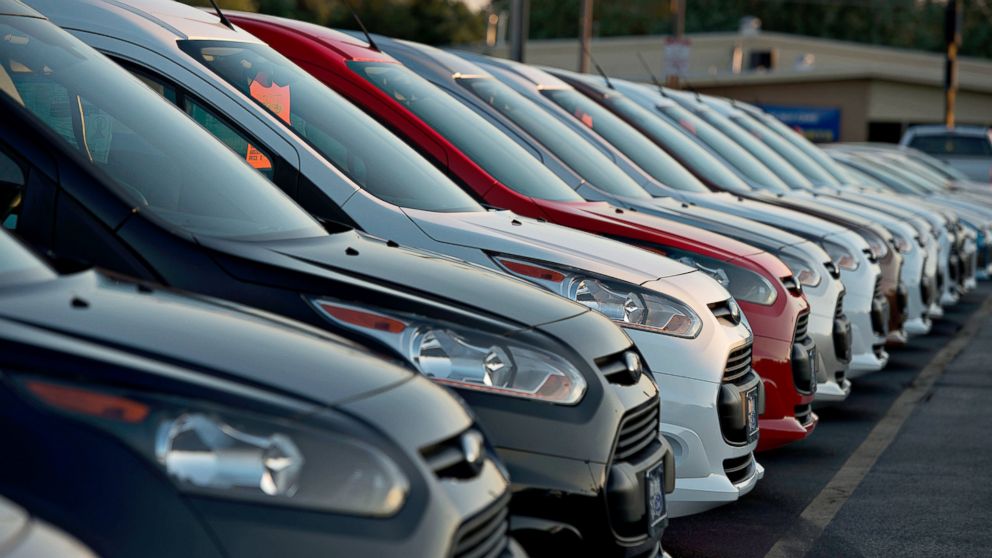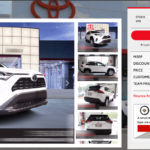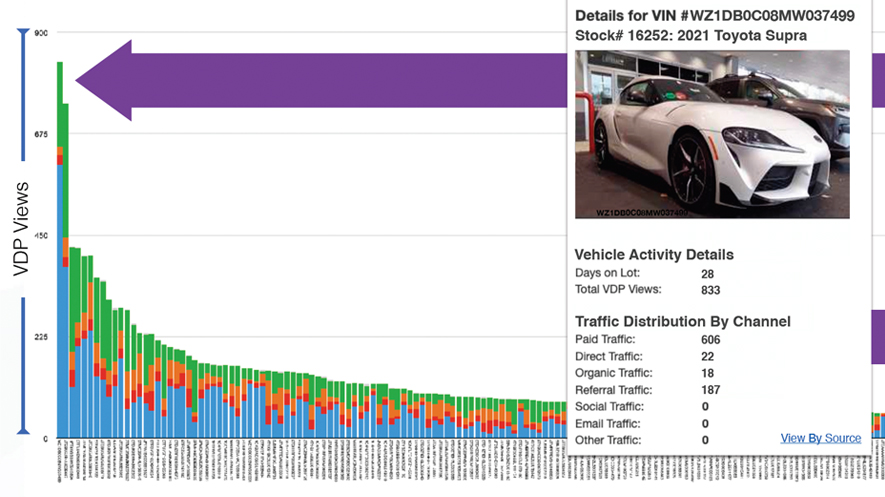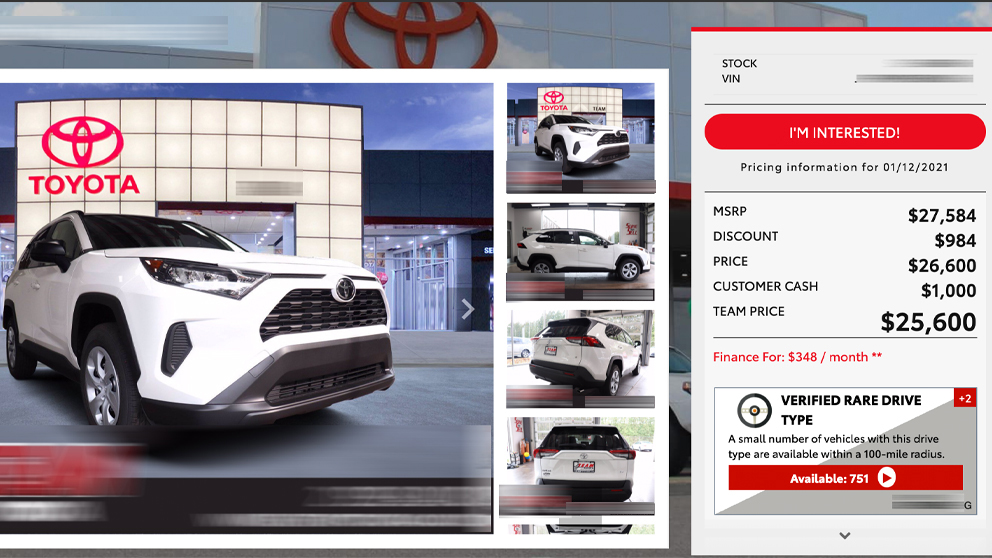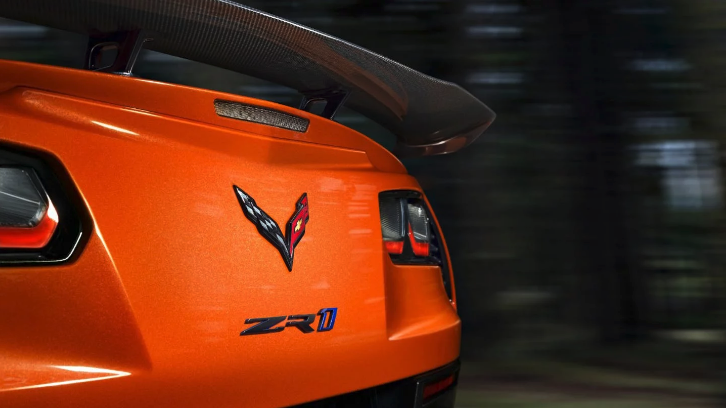The Problem With “All-Vehicle” Marketing
Learn the issues associated with marketing all vehicles the same way. Discover the solution.
VDP Distribution
Today’s auto dealers face a problem with their inventory advertising when they’re running all their cars, all the time (all-vehicle marketing). The issue they face is that some vehicles receive far too much VDP exposure and most receive far too little. This leads to the obvious question – how much is enough / too much? While there’s no perfect formula, continuing to spend on vehicles receiving the highest levels of activity is simply a waste. Likewise, it’s straightforward that vehicles with no exposure after 30 days need a promotional push. This leads to the next problem – leads.
Leads
An increase in vehicle sales is often the primary measure of success for a digital automotive vendor. For dealers that subscribe to this school of thought, leads are almost always the next best thing. To this day, many dealers still measure vendor performance by lead volume, which is problematic as lead quality is often overlooked.
Dealers who market “all vehicles”, should be aware that certain vehicles will inevitably receive more leads than others. This is especially true if the dealer has low-priced or highly sought-after inventory. This results in poor quality leads coming in from multiple sources on an even smaller subset of vehicles, which is ultimately a waste of marketing spend.
Traditionally, dealers would try to sell someone a vehicle if the one they were originally looking for sold. This may have been effective in the past, when shoppers had fewer tools at their disposal. But today’s shoppers are equipped with a litany of sophisticated vehicle search tools and tend to know exactly what they want. Due to the changing landscape, it’s now more effective for dealers to get fewer quality leads on more vehicles rather than the other way around.
Return on Investment
When dealers market all their inventory the same way, they’re not optimizing ROI. Most vendors will say “give us all your vehicles, we’ll match the right buyer to the right car.” And most dealers would oblige because they tend to see it as “more cars = more opportunities for the ‘matching’ process”. When in reality the way it plays out is more cars = more opportunities for over-spending on specific vehicles.
The truth is, vehicle sales have less to do with digital programs and more to do with seasonal trends, your current inventory pricing strategy, and your sales team. When a vendor drives a ton of activity on a specific car, it’s often seen as a great thing, and it is. However, when several vendors are driving lots of activity on the same cars, ROI diminishes. The worst part is, many dealers are not looking at their traffic at the vehicle-level, which means they’re missing these important details.
A Way Forward
There’s an old saying as follows – “throwing good money after bad” which for car dealers means to continue to waste advertising dollars on tactics that don’t yield positive results. Dealers do this inadvertently when they deploy all-vehicle marketing programs routinely with vendors without looking more closely at the results. After years of executing vehicle marketing programs we’ve come to understand that poor quality leads, leads on the same vehicles, and weak ROI are all symptoms of marketing all your vehicles all the time. In 2022, dealers continue to throw good money after bad.
There is however, a smarter, more effective way forward for dealers. It’s all about being able to execute at the individual vehicle level. If dealers can do this, they are set up to deploy effective vehicle-level marketing strategies. The next step is being able to easily see activity at the vehicle-level. This will allow you to make smarter decisions around which vehicle(s) to spend on, and which ones to avoid spending on.
At Speed Shift Media, we can help in both regards. Whether it’s simply analyzing your vehicle inventory to identify the worst/best performing vehicles, or running highly-targeted advertising that drives shopper traffic to specific vehicles. Contact us today to find out how to get started.

